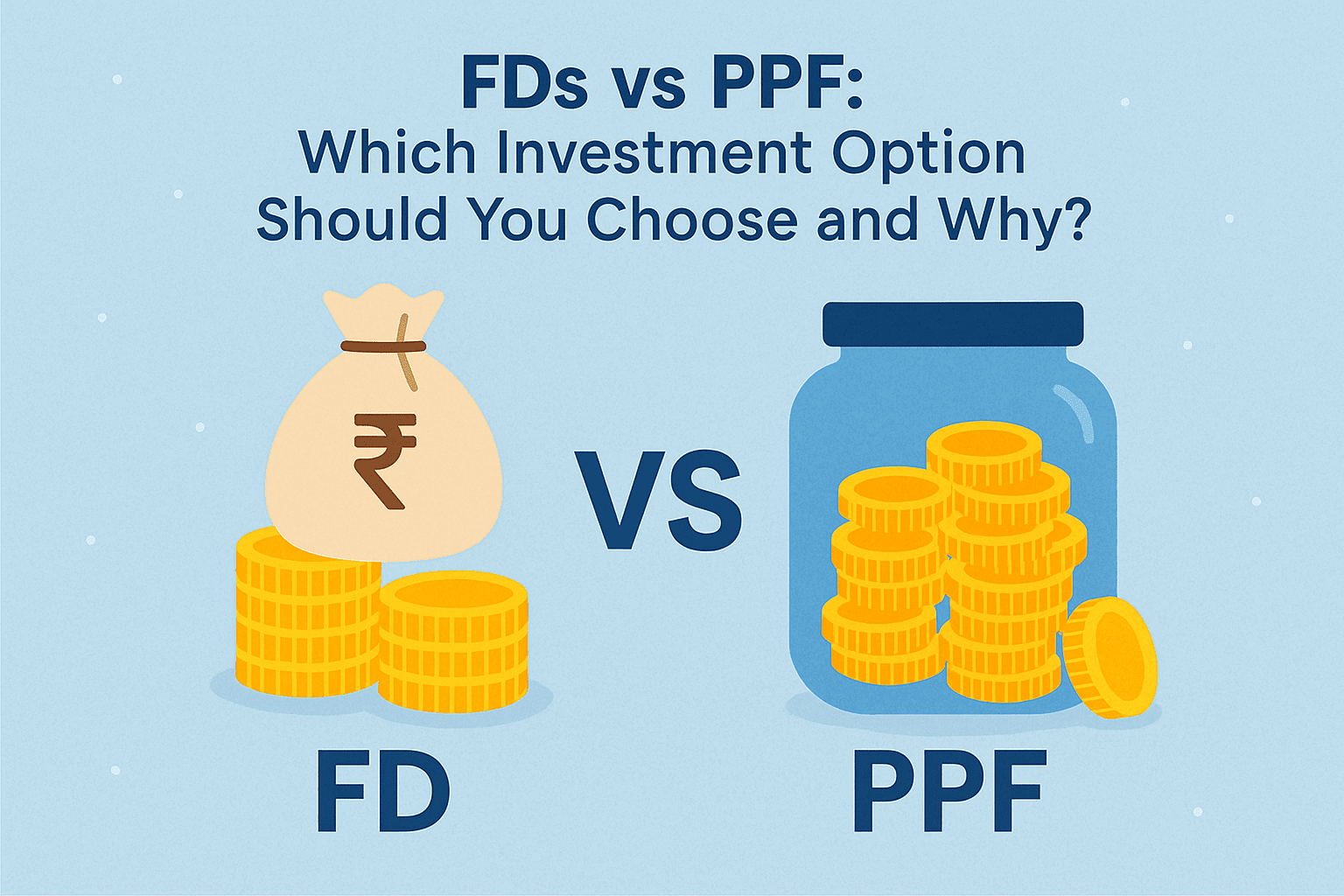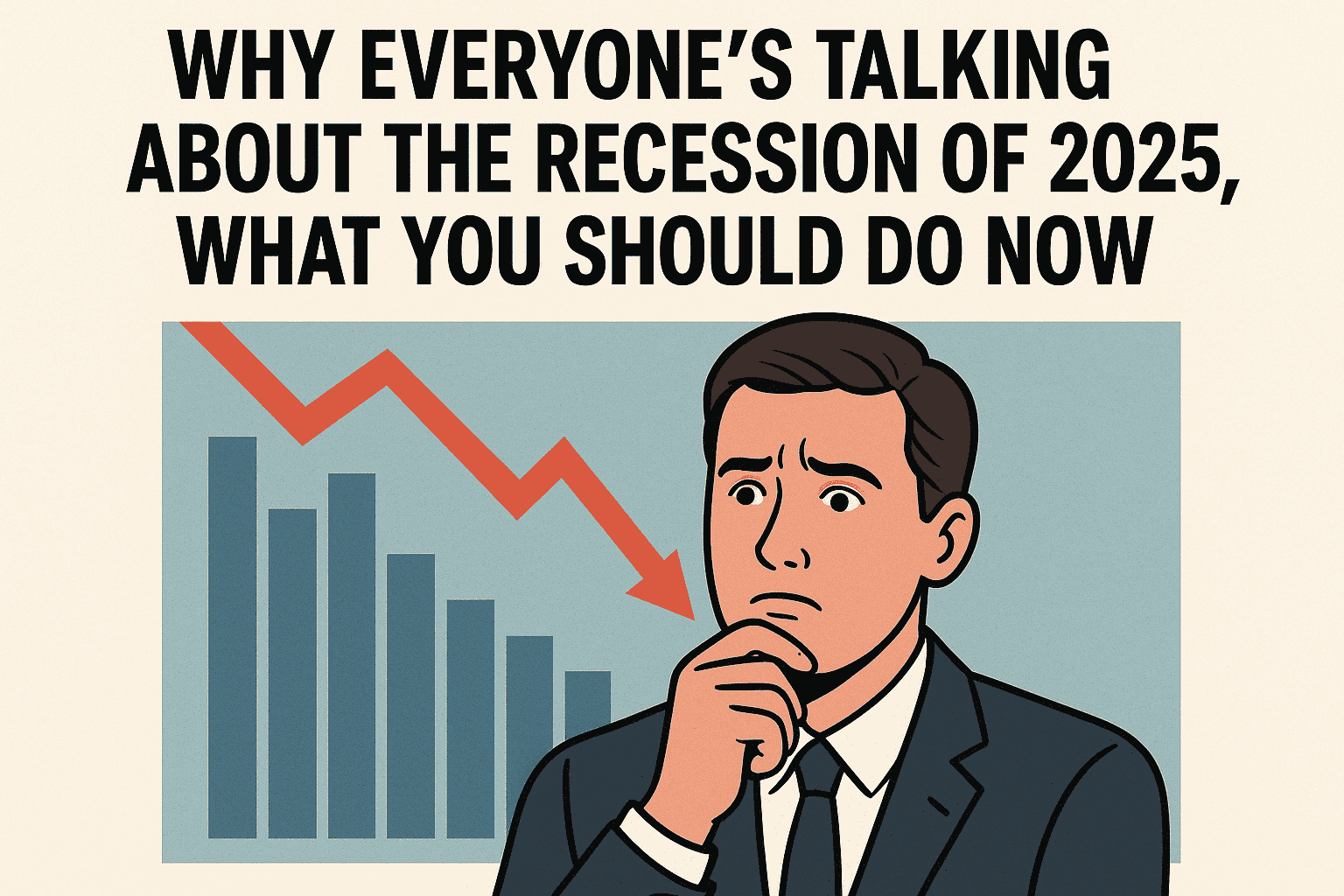When it comes to safe and reliable investment options in India, two of the most popular choices among conservative investors are Fixed Deposits (FDs) and the Public Provident Fund (PPF). If you’re looking to grow your savings with minimal risk, understanding the pros and cons of FDs vs PPF is essential for making an informed financial decision.
Let’s break down the comparison across key parameters to help you decide which option suits your financial goals better.
1. Interest Rates
At present, most banks offer interest rates on FDs ranging from 6.7% to 7.1% per annum. These rates can vary depending on the bank, the investment amount, and the tenure.
In contrast, PPF offers a fixed interest rate of 7.1% per annum (as of the current financial year), compounded annually. This rate is set by the government every quarter, making it relatively stable and predictable.
➡️ Verdict: While both offer similar returns, PPF slightly edges ahead due to its tax-free and fixed interest rate.
2. Investment Limits
One of the biggest differences between FDs and PPF lies in the amount you can invest.
- PPF: You can invest a minimum of Rs 500 and a maximum of Rs 1.5 lakh per financial year.
- FDs: There is no upper investment limit. You can invest any amount based on your financial capability.
➡️ Verdict: FDs are more flexible for those looking to invest large sums, especially if you’re managing a sizable portfolio.

3. Tax Benefits
Tax treatment is where PPF has a significant advantage:
- PPF investments qualify for tax deductions under Section 80C, up to Rs 1.5 lakh annually. Moreover, both the interest earned and the maturity amount are tax-free, making it an EEE (Exempt-Exempt-Exempt) instrument.
- FDs (5-year tax-saving FDs only) also offer deductions under Section 80C, but the interest earned is fully taxable as per your income slab.
➡️ Verdict: PPF wins hands down in terms of tax efficiency.
4. Lock-In Period and Liquidity
- PPF has a lock-in period of 15 years, which can be extended in 5-year blocks. Partial withdrawals are allowed after the 7th year, and loans can be availed from the 3rd year onwards.
- FDs offer greater flexibility, with tenures ranging from 7 days to 10 years. You can opt for premature withdrawal, although it may attract a penalty.
➡️ Verdict: FDs are ideal for short-term and medium-term goals due to their high liquidity.
5. Suitability Based on Investment Goals
If your total investment portfolio is around Rs 2 crore, it’s wise to keep at least 40% (around Rs 80 lakh) in low-risk instruments. In such cases:
- Use PPF for long-term, tax-free growth.
- Allocate to FDs for short-term savings or emergency funds where liquidity is crucial.
➡️ Pro Tip: A combination of both can help balance safety, liquidity, and returns in your portfolio.
FDs vs PPF: Final Verdict
| Feature | PPF | FD |
|---|---|---|
| Interest Rate | Fixed @ 7.1% | Varies (6.7% – 7.1%) |
| Investment Limit | Rs 1.5 lakh/year | No upper limit |
| Tax Benefit | EEE (Fully Tax-Free) | Interest is taxable |
| Lock-in Period | 15 years | Flexible (7 days to 10 years) |
| Liquidity | Limited | High |
| Ideal For | Long-term tax-free savings | Short-term, high-value investments |
Conclusion
FDs vs PPF is not a matter of which is better, but which is better for you. If you’re planning for long-term goals like retirement or children’s education, PPF offers unmatched tax-free returns. However, for short-term goals, FDs provide the flexibility and quick access to funds that you may need.
For most investors, a balanced approach using both instruments is the smartest way forward—ensuring capital safety, steady returns, and liquidity when required.









